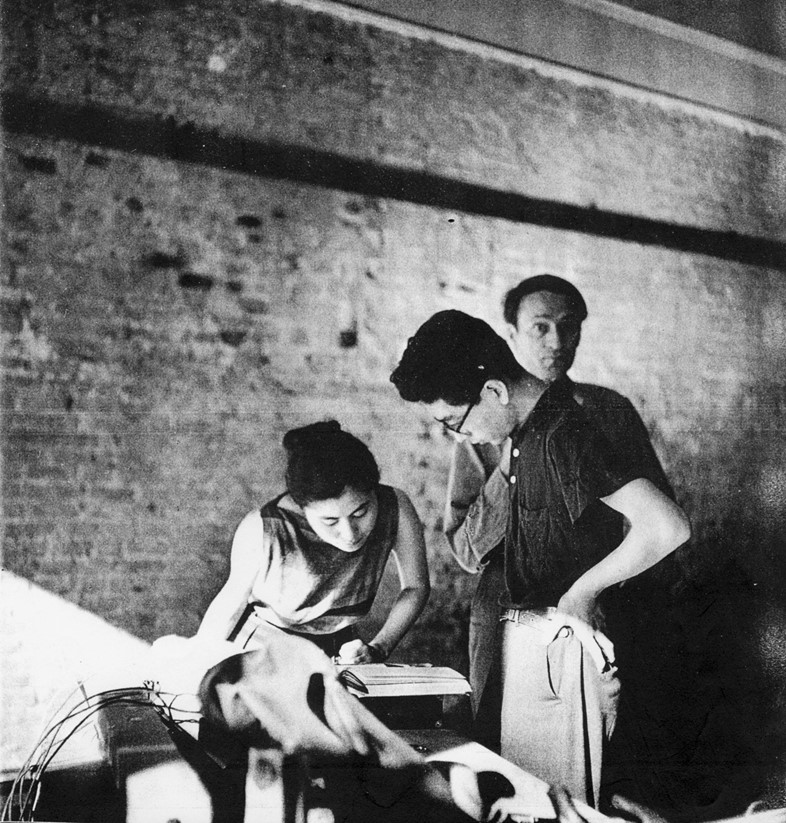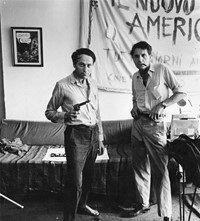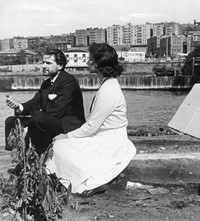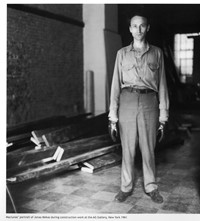One year on from the filmmaker’s death, new book I Seem to Live: The New York Diaries 1950-1969, Volume 1 provides a whirlwind chronicle of his impact on the New York art scene
- TextMiss Rosen
January 23 marks the one-year anniversary of the death of Jonas Mekas, known as “the godfather of American avant-garde cinema”. In celebration of his singular life, Spector Books will release I Seem to Live: The New York Diaries 1950-1969, Volume 1, a whirlwind chronicle of the Lithuanian-American artist’s transformative impact on the New York art scene.
“Jonas was a very open-minded person, fast, very sharp, and at the same time,” says publisher Anne König who edited the book, which picks up where I Had Nowhere Left to Go, his extraordinary account of survival in a Nazi labour camp during World War II, left off. Writing was an instinct Mekas always possessed, a way to chart his life and make sense of it.
Working from a 2,000-page document spanning 60 years, Mekas shaped the diaries into a two-part series that offers a vibrant tour of the New York underground featuring stories of friends and colleagues such as Andy Warhol, The Velvet Underground, John Cage, John Lennon and Yoko Ono, George Maciunas, Barbara Rubin, Maya Deren, and Jack Smith, to name but a few.
“Jonas made no distinction between private and public – he was an author on multiple levels,” König says. “He could be a filmmaker, critic, frontman of the Film-Makers’ Cooperative, which he founded in 1962, fundraiser, film projectionist, ticket seller, poet, lover, and a great deal more. All these voices found their way into his notes, which he would not edit until right at the end of his life. His diaries resembles a work journal, the kind of literary montage we know from Brecht, pieced together from contemporary notes and documents.”
König notes that no changes were made to Mekas’ text; they appear as originally written, preserving the author’s crisp prose. In a June 14, 1958 entry, he rallies against the First Lady and all she represents about American culture: “I hate mammies, Mammie Eisenhower & all mammies... I hate the ideal good American wives, flat, moon-faced, as they look at the camera, cutting into the birthday cakes, stepping down from the airplanes, caressing the cows.”

Instead, Mekas adored those willing to do whatever was necessary in search of the unvarnished truth about life. “Jonas believed in independent film – until the end. It was his chosen path and he had to walk it. He became a star,” König says.
“I remember a book premiere in Paris in a small bookstore where the space was too small and the audience had to move outside. It was still cold in March. Hundreds of people listened to what Jonas had to say on the street. Young people in particular asked him how they could find their place in life. He always said that they should follow their instincts. He was a master at it.”
I Seem to Live: The New York Diaries 1950-1969, Volume 1 will launch on Sunday, January 26, 2020 at 3:00pm at Anthology Film Archives in New York with readings by poet and writer Vyt Bakaitis, filmmakers Chuck Smith, Florence and Ken Jacobs, followed by the screening of a new restoration of Mekas’s first feature film, Guns of the Trees (1961).















